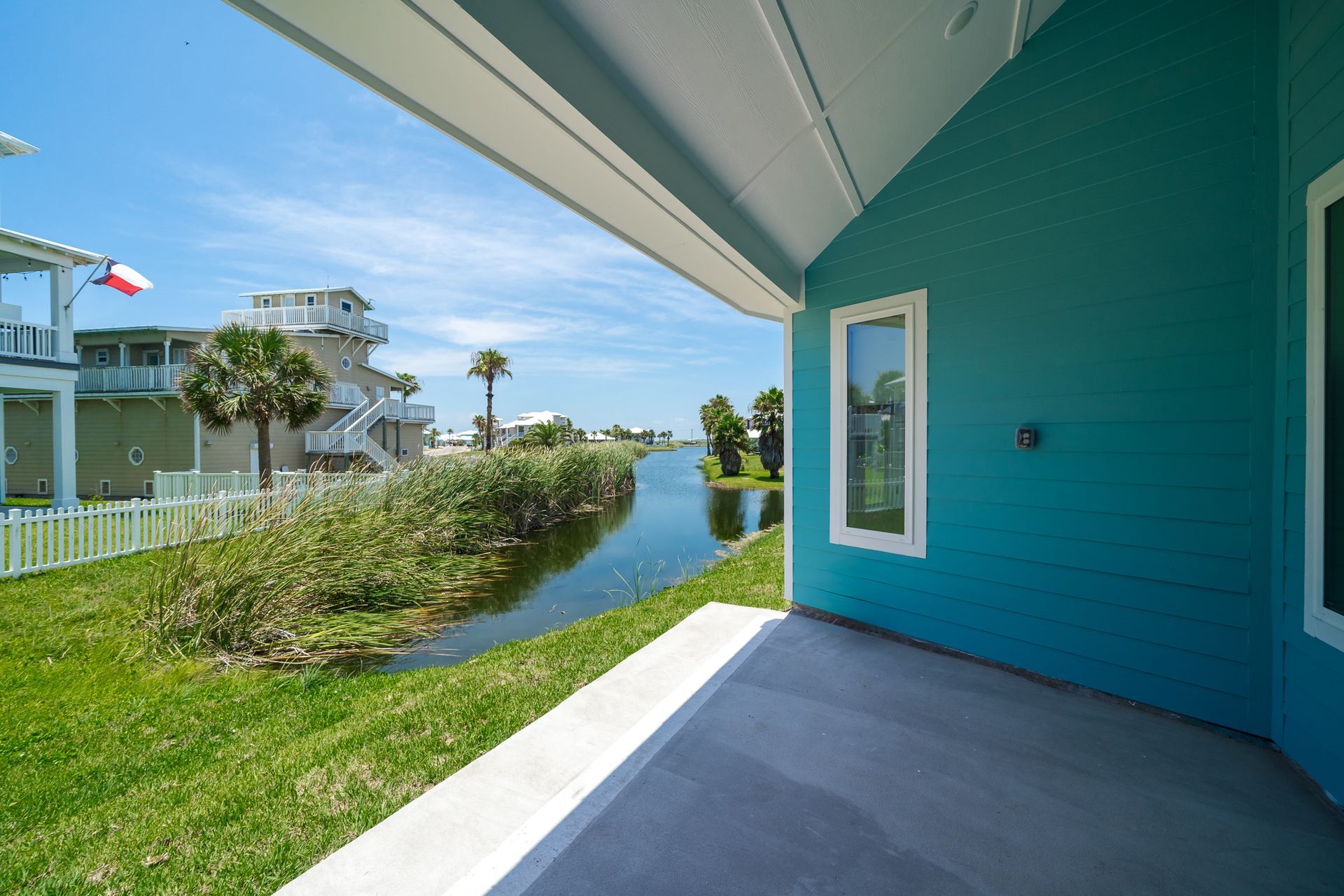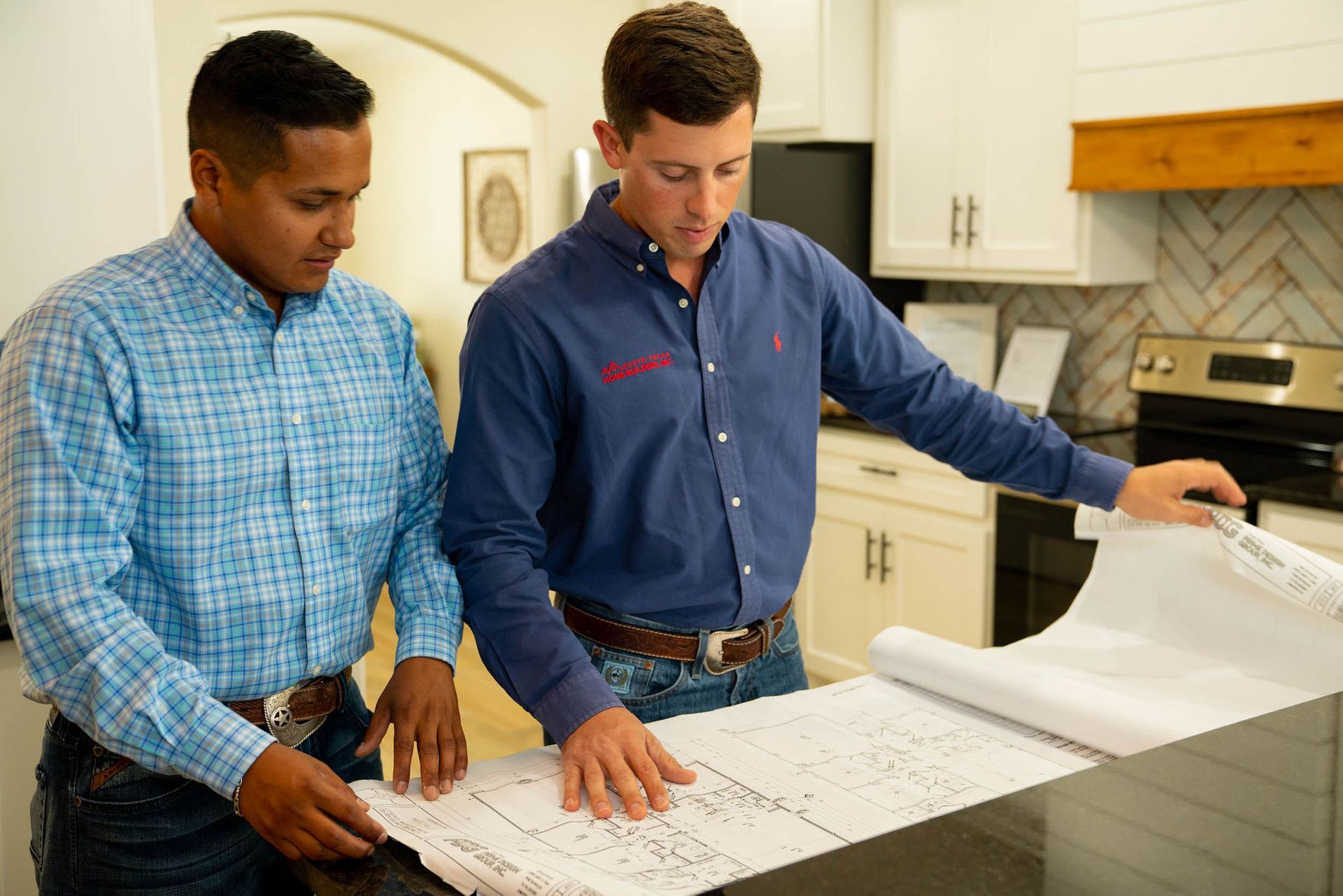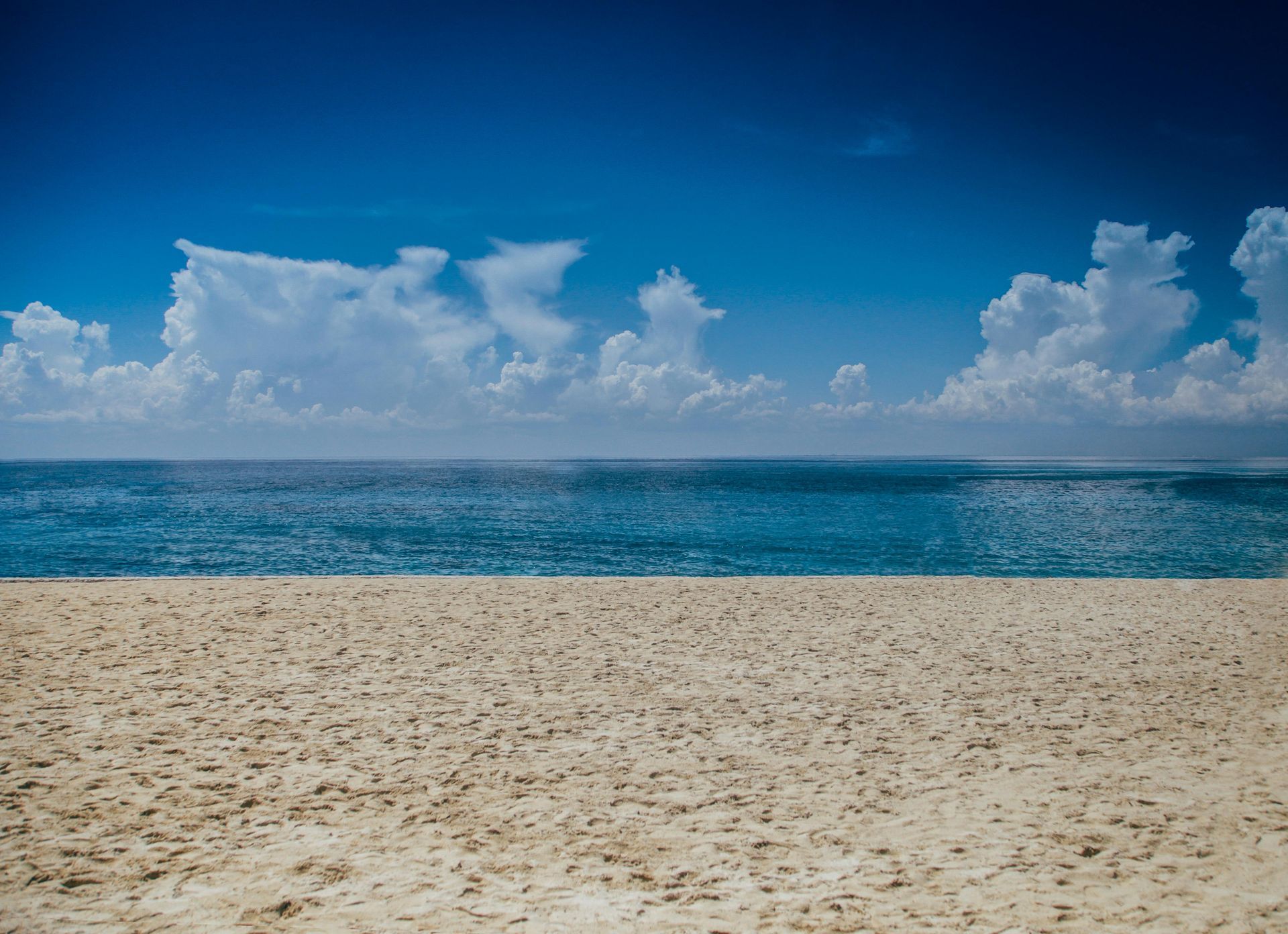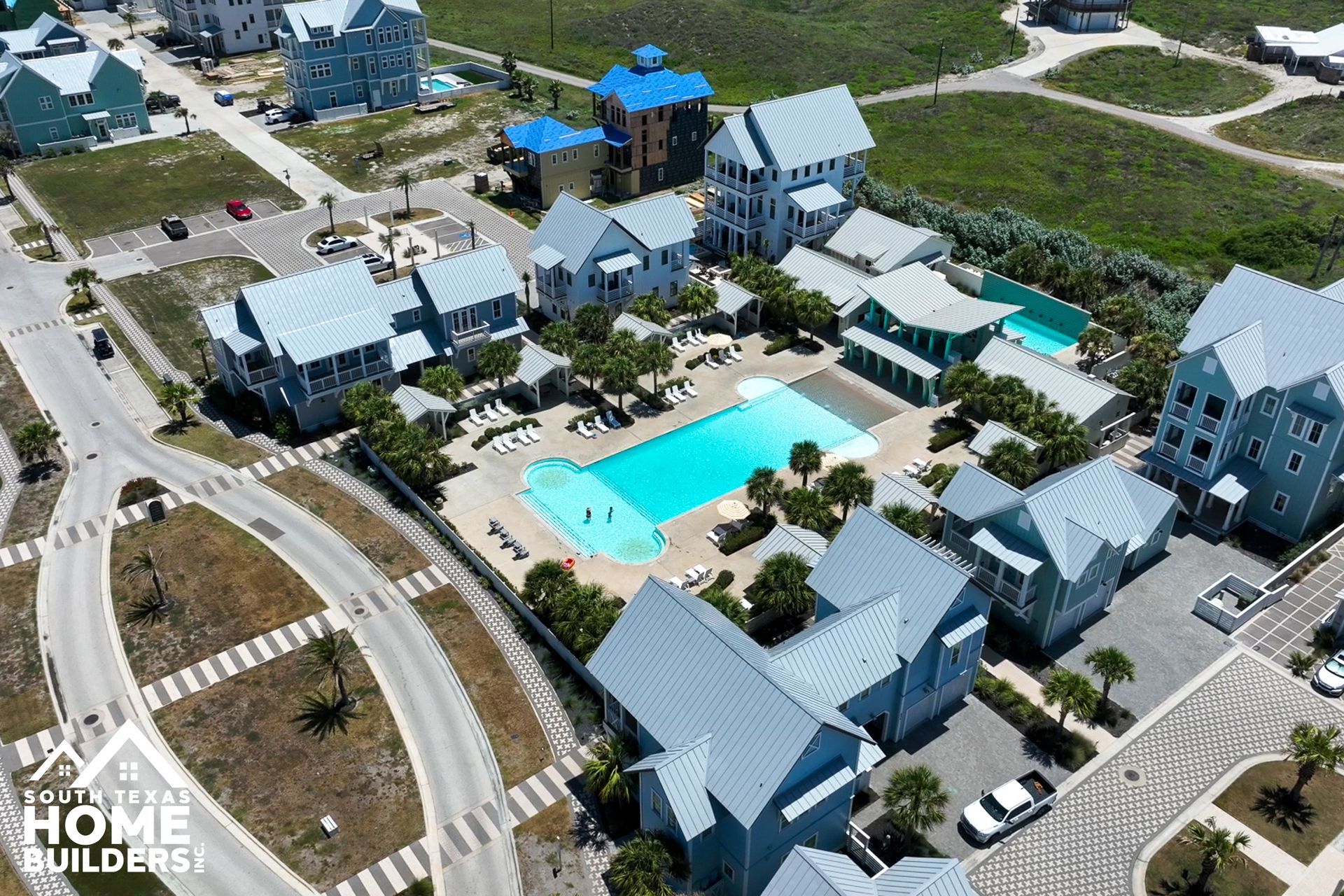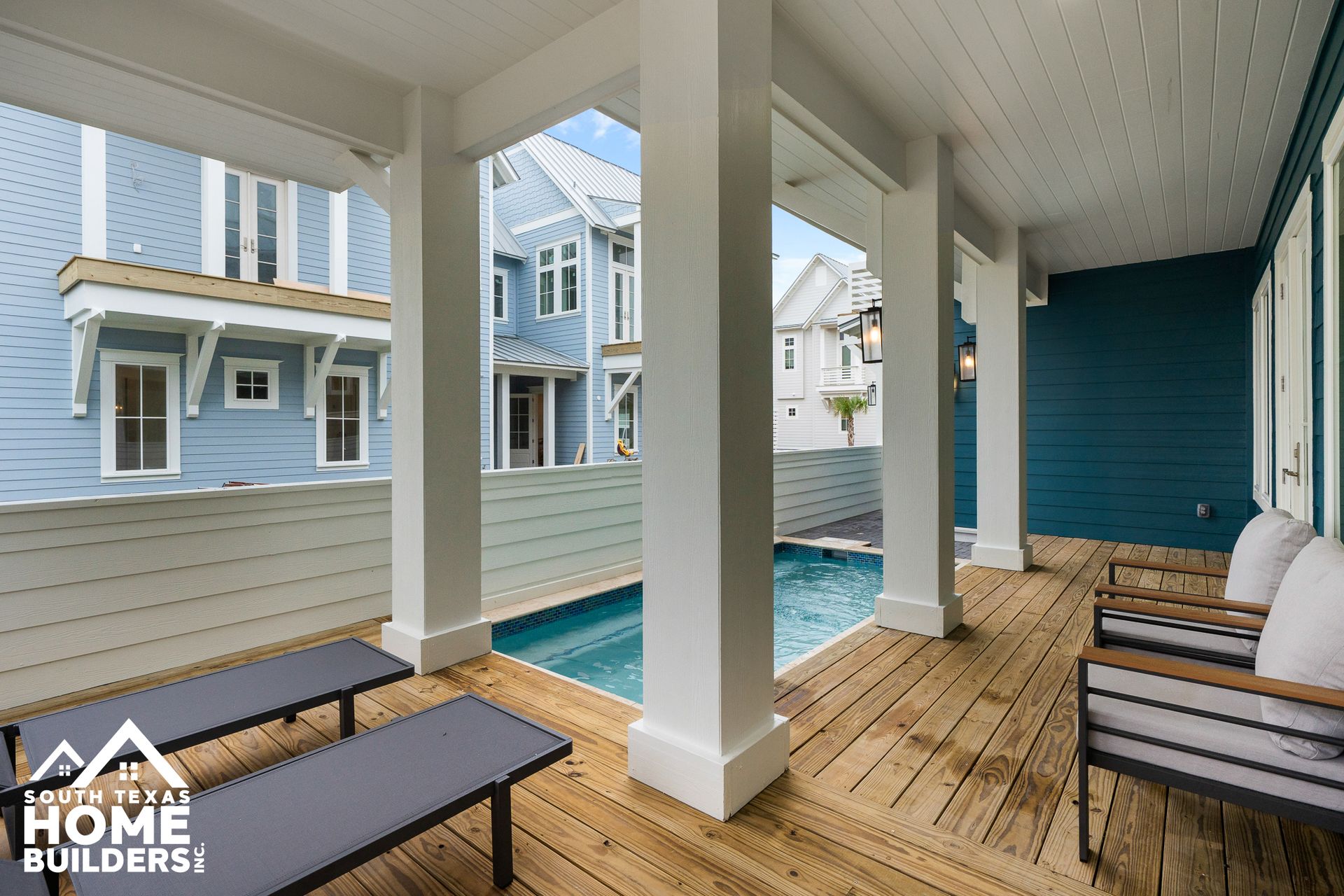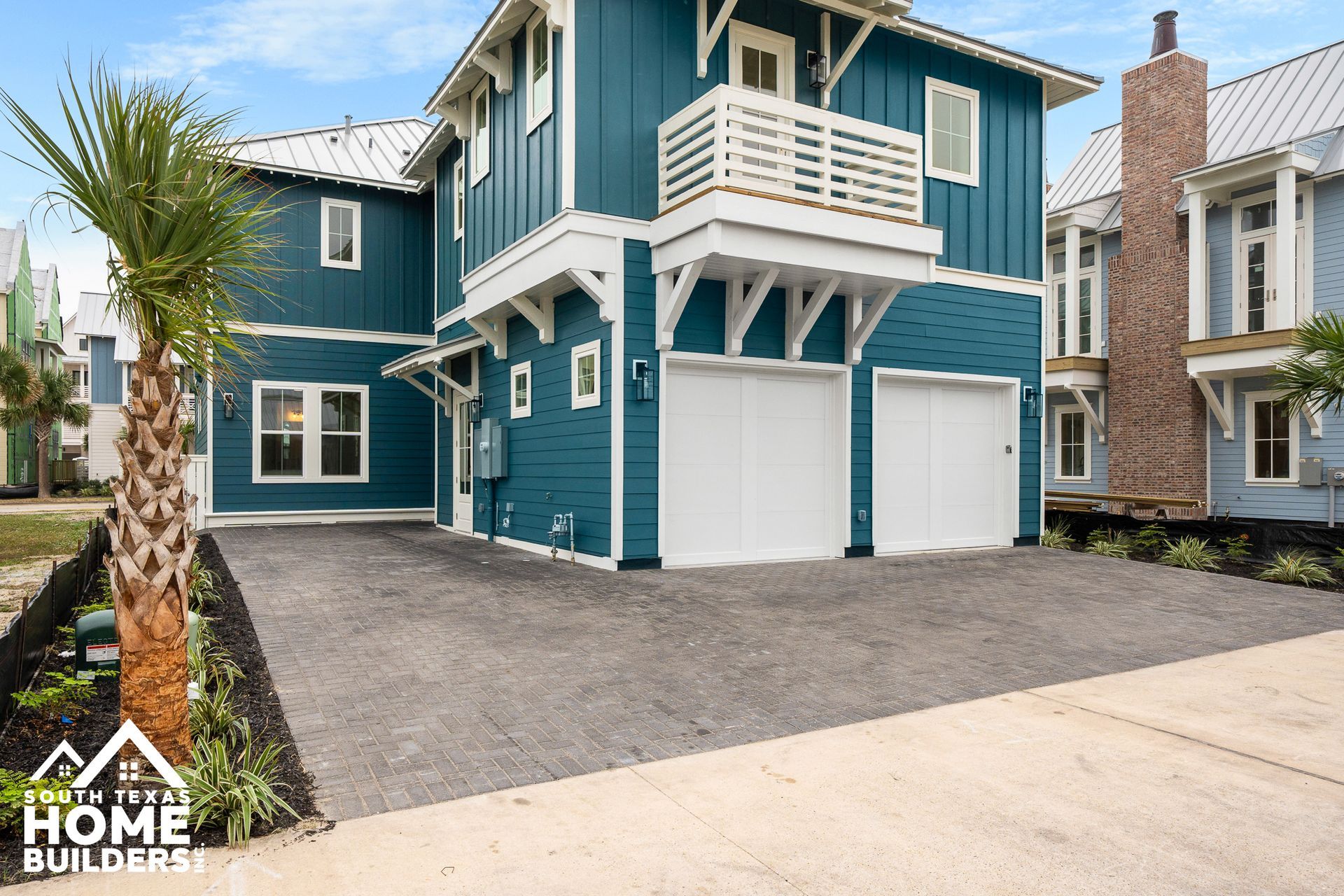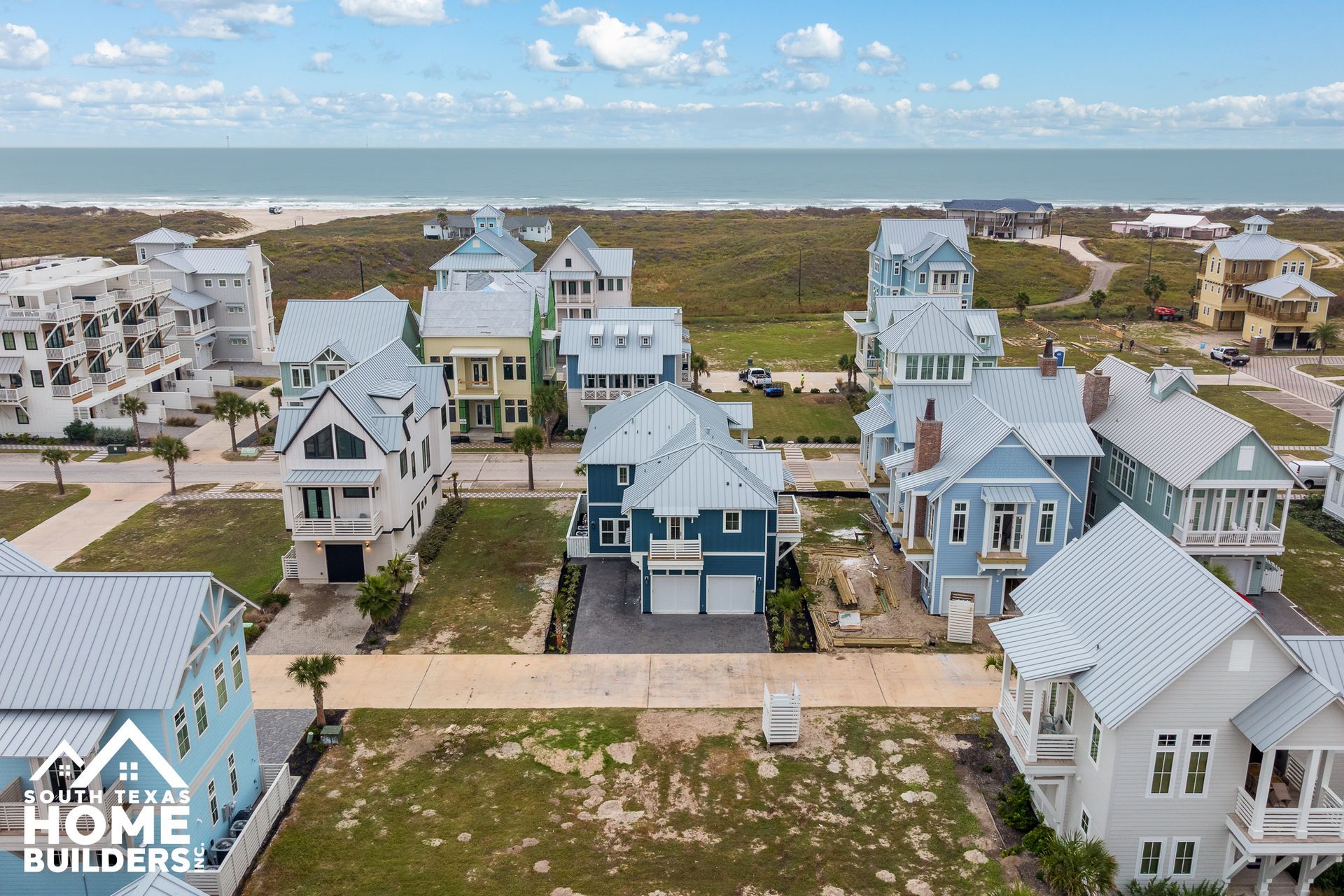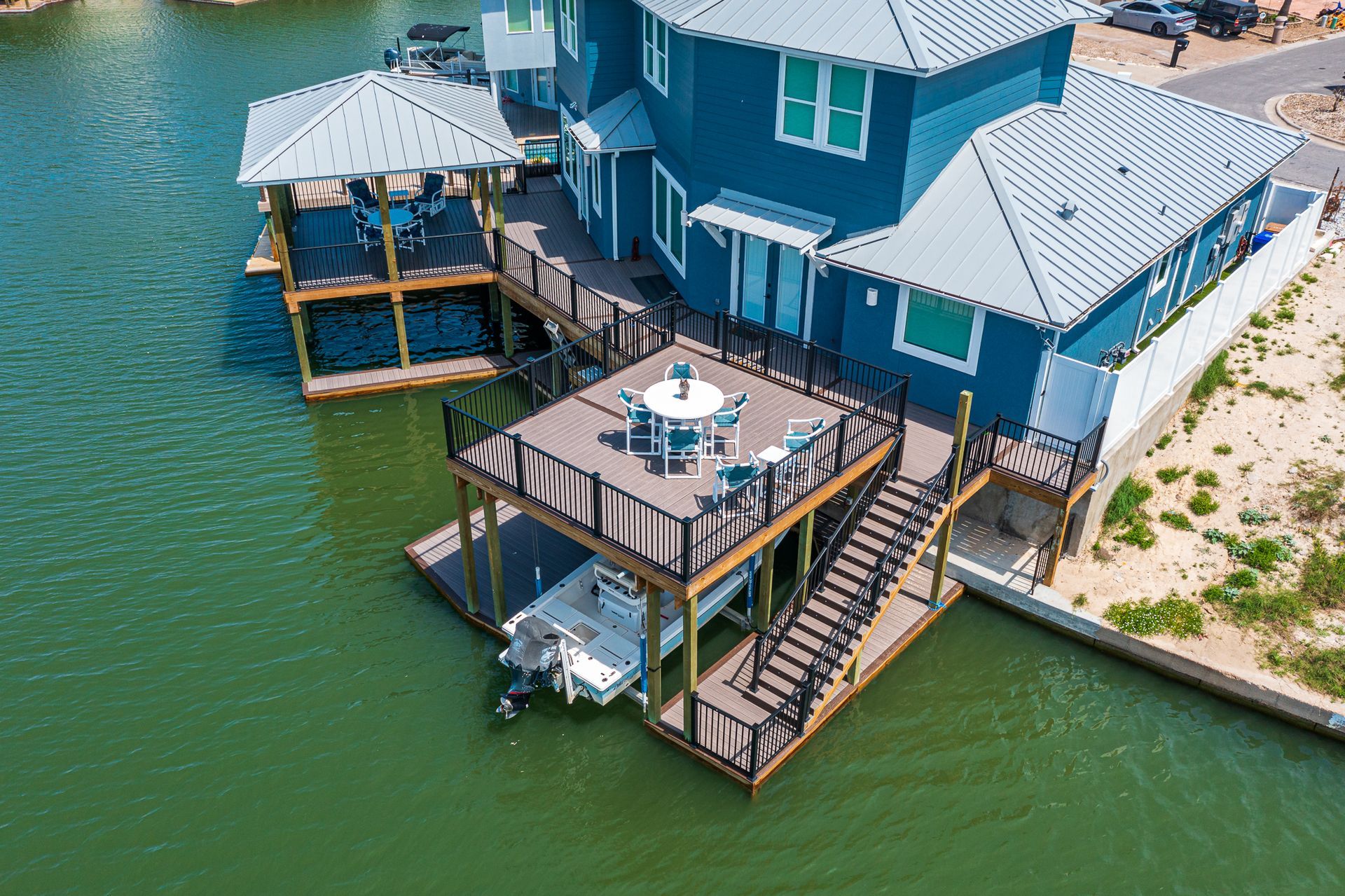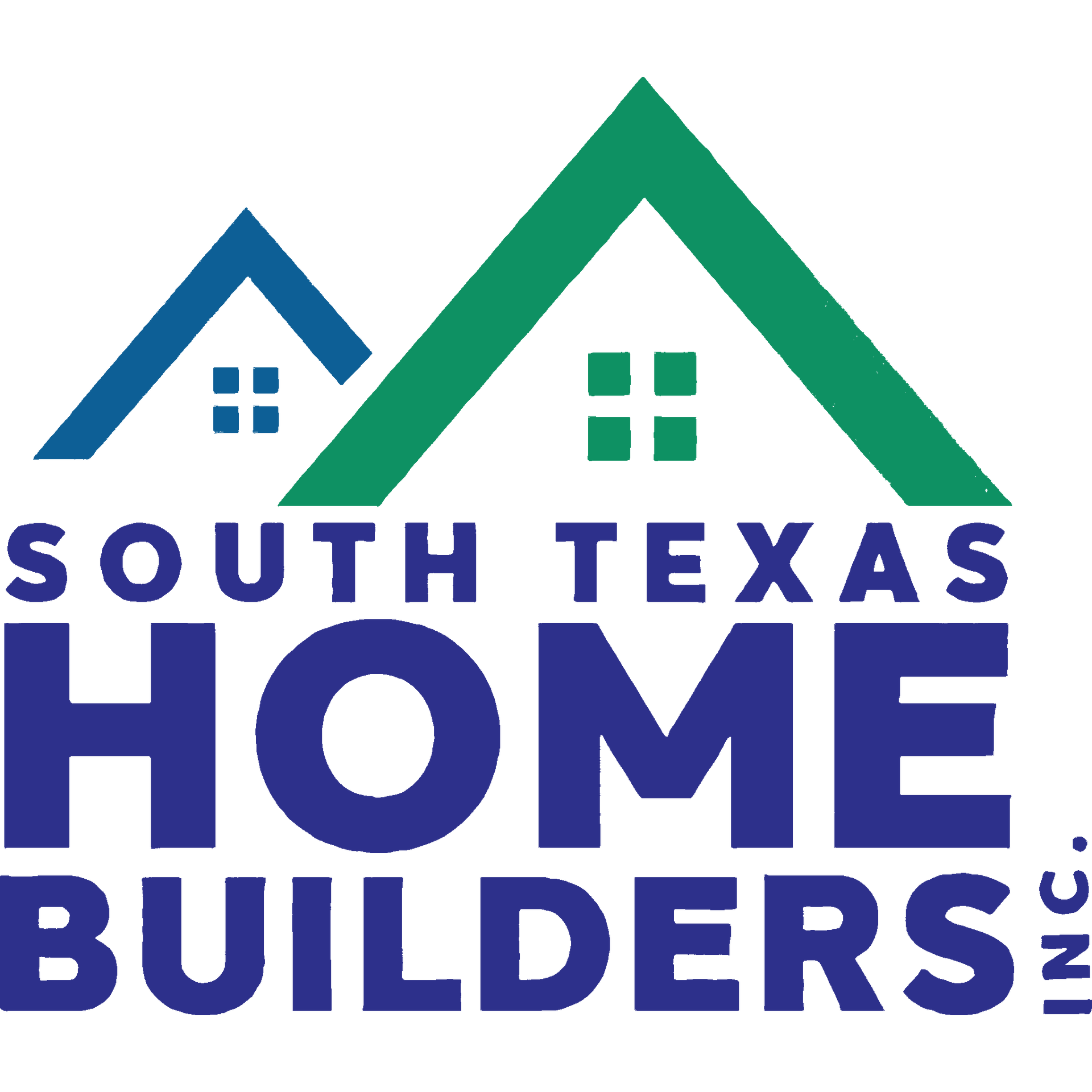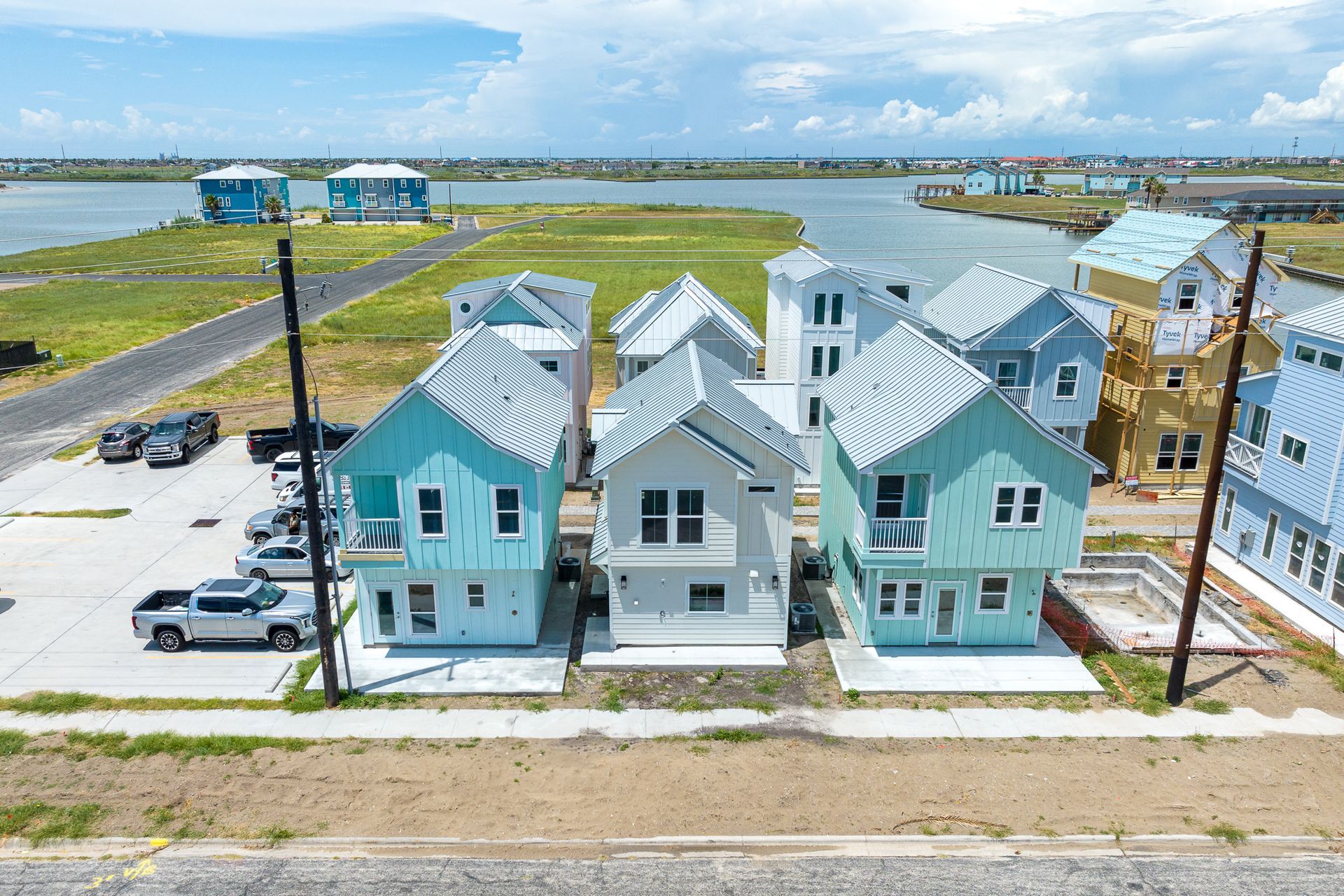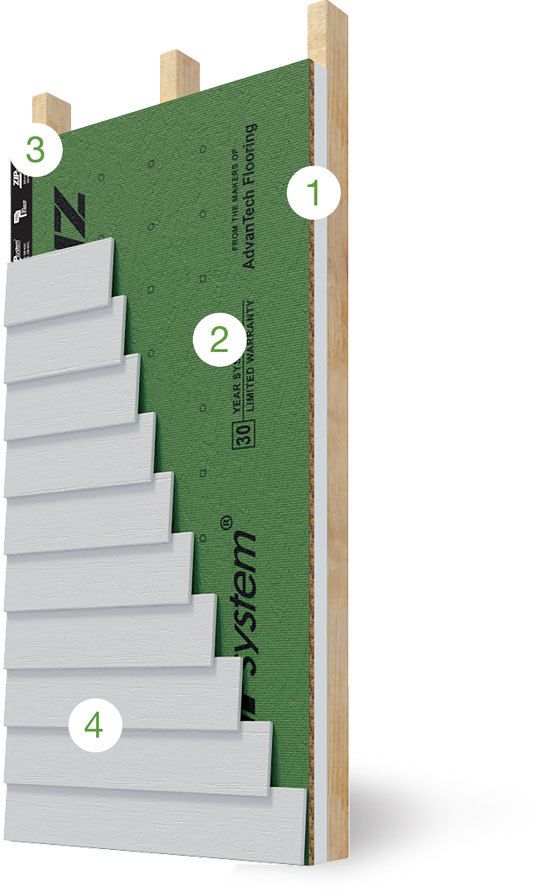Common Challenges in Coastal Custom Home Construction 🌊🔨
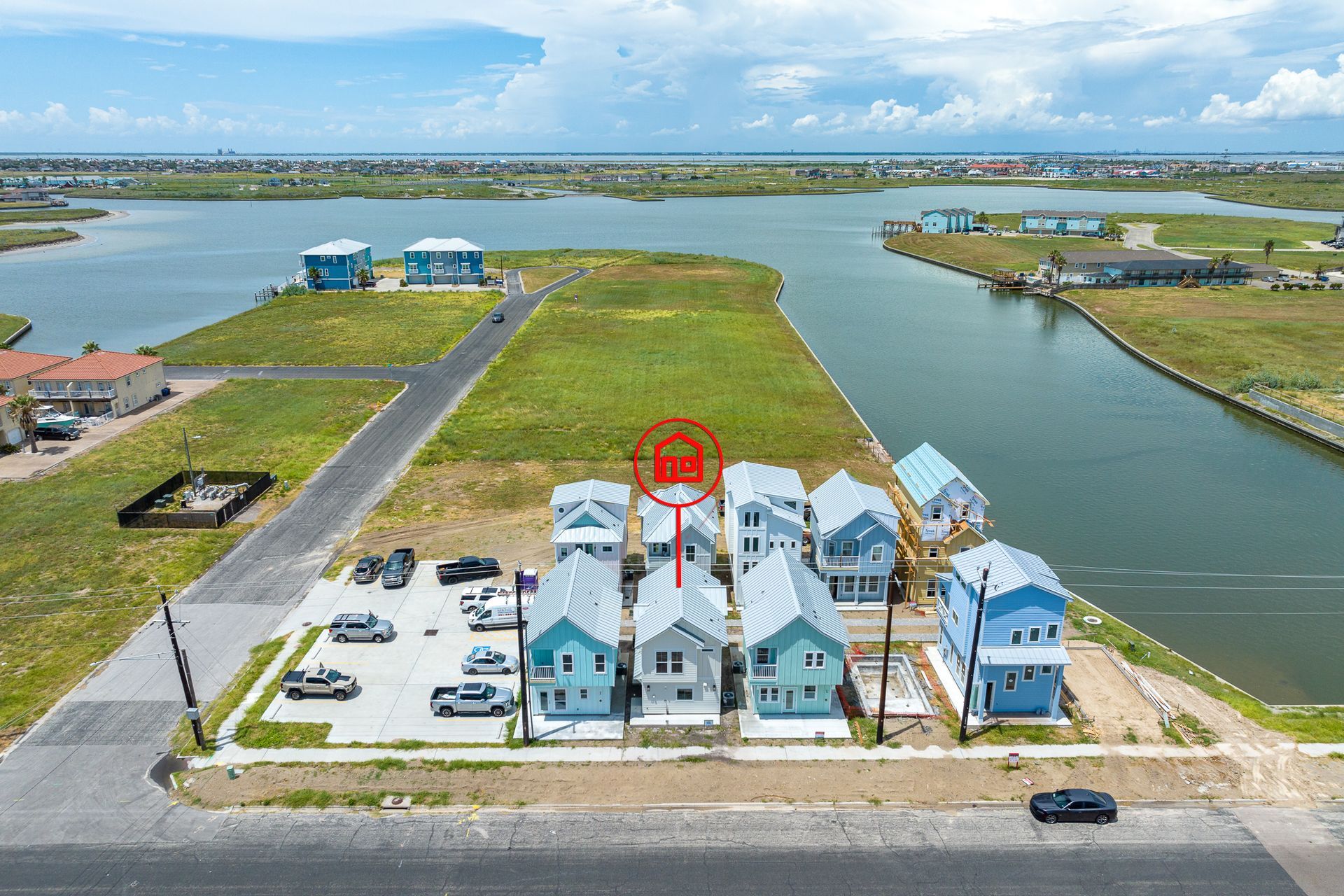
Building a custom home by the sea offers breathtaking views and a lifestyle like no other—but coastal construction comes with its own set of unique challenges. At South Texas Home Builders, we’re experienced in navigating these obstacles and finding smart, long-lasting solutions for every home we build.
Here are the most common challenges in coastal home construction—and how we help you overcome them.
🌧️ Challenge 1: Weather Delays
Coastal regions are known for unpredictable weather—especially during storm season. Rain, wind, and high humidity can slow down the build timeline or impact material handling.
✅ How We Handle It:
✔️ Build weather delays into your timeline from the start
✔️ Use moisture-resistant building wraps and quick-dry foundation techniques
✔️ Stay flexible with scheduling and deliveries
💡 Builder Tip: We aim to start construction during drier months whenever possible to minimize interruptions.
🌊 Challenge 2: Flood Zone + Wind Zone Requirements
Homes near the coast often fall into FEMA flood zones or TDI windstorm areas—meaning stricter elevation, foundation, and structural rules apply.
✅ How We Handle It:
✔️ Design your home to meet or exceed Base Flood Elevation (BFE)
✔️ Use pier-and-beam, stilt, or raised slab construction methods
✔️ Coordinate directly with surveyors, engineers, and windstorm inspectors
💡 Builder Tip: Following these rules isn’t just about code—it protects your investment long-term.
🧱 Challenge 3: Salt Air and Corrosion
Salt air is tough on homes. It can accelerate rusting, paint fading, and material breakdown if you're not careful with what you use.
✅ How We Handle It:
✔️ Specify corrosion-resistant fasteners, hinges, and fixtures
✔️ Recommend marine-grade or coastal-rated materials for exteriors
✔️ Use finishes designed to hold up against UV and humidity
💡 Builder Tip: We’ll help you choose beautiful, durable materials that stay looking great for years to come.
🧾 Challenge 4: Complex Permitting + Code Compliance
Coastal construction involves more approvals than standard builds—including environmental clearances, windstorm certifications, and floodplain compliance.
✅ How We Handle It:
✔️ Handle all permitting and submit documentation to local and state agencies
✔️ Coordinate with inspectors to streamline approvals
✔️ Design homes that comply with all codes—without sacrificing style
💡 Builder Tip: We’ve built strong relationships with local permitting offices, which helps us move faster and avoid red tape.
🏗️ Challenge 5: Access to Skilled Labor + Coastal-Grade Materials
Certain materials and trades can be in high demand—especially during peak seasons or after major storms.
✅ How We Handle It:
✔️ Maintain long-standing relationships with trusted vendors and subcontractors
✔️ Pre-order key materials early in the build process
✔️ Offer material alternatives in case of delays
💡 Builder Tip: Early planning and selections help us keep your build on time and avoid surprise shortages.
Worried about coastal construction challenges?
📞 Contact South Texas Home Builders—we’re experienced, proactive, and ready to make your build smooth, smart, and stress-free.
NEWS
